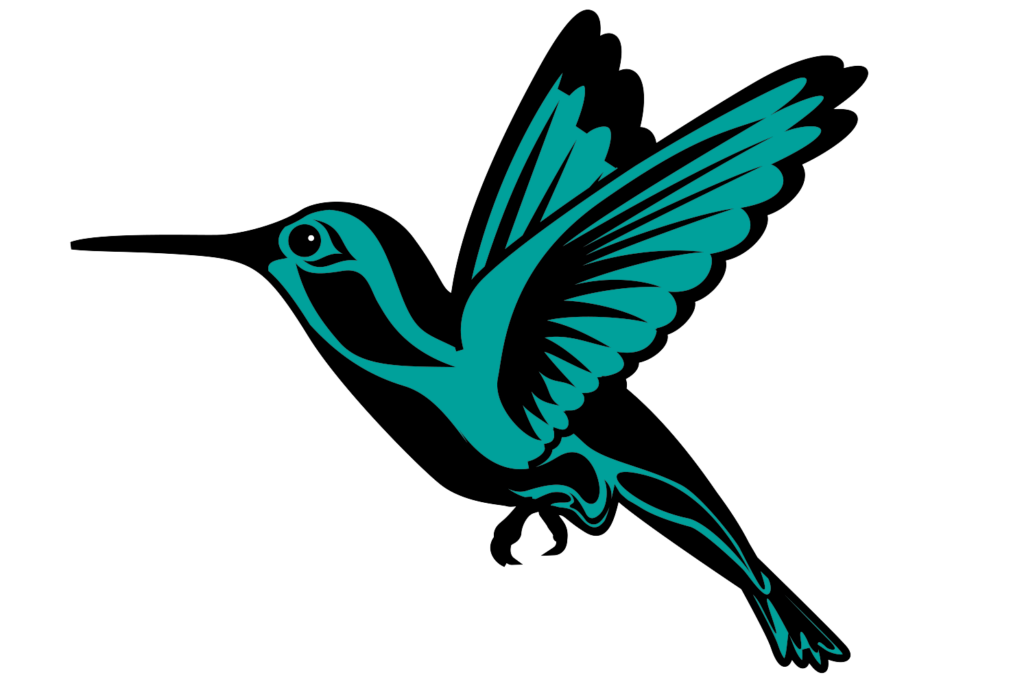Truth, Healing & Curriculum
The National Native American Boarding School Healing Coalition has developed a curriculum on U.S. Indian Boarding Schools for teachers and parents to use with their students and children.
The Truth and Healing Curriculum is comprised of four (4) robust lessons on Indian boarding schools covering History, Impacts, Stories, and Healing, and is appropriately sectioned into three (3) learning levels: primary, middle, and upper grades.
NABS understands that educational resources such as these are greatly needed for a variety of important reasons. The history and harmful legacy of Indian boarding schools has been erased from many U.S. school curricula—NABS’s goal is to change this.

More Information About Our Truth and Healing Curriculum
We know this period of American history is vastly under-examined in the U.S., especially in our schools. A nationwide study examining Indigenous representation in state content standards found that only five states—Arizona, Washington, Oklahoma, Kansas, and North Dakota—even mention Indian boarding schools (Shear et al., 2015; ND.6_12.4, 2019). This, of course, is no guarantee that those states address the truth and impact of this history in a meaningful way. Though, we do know that 45 states in the U.S. are not required to engage students on the legacy of Indian boarding schools.
By providing access to these lessons, we are hopeful that this contribution can help respond to the challenges that distance learning has placed on families and schools. These lessons were designed with teachers, parents, and students in mind, to be able to begin a conversation on the history and impact of U.S. Indian boarding schools. To implement even deeper inquiry, we invite you to visit our recommended reading resource.
These lessons are scaffolded into three separate age groups—primary, middle, and upper grades—and are themed, Truth in History, Impacts, Personal Stories, and Healing. The lessons ought to be a foundational layer to student inquiry and are designed to be highly customizable. Each lesson contains three main instructional sequences: INTO, THROUGH, and BEYOND. Representing the element to start the conversation and begin a phase of wonder, INTO is meant to act as a hook for the lesson. Identifying the comprehension and exploration aspect of the learning goals, THROUGH should be the stage where connections are being made. Representing the sequence where learning can be extended, BEYOND is the place where essential understandings can be deepened and taken to the next level.
Additional Curriculum For Teachers, Administrators, and Districts
The National Indian Education Association (NIEA) and NABS have partnered to bring focus to the comprehensive services that Native students need to ensure a safe and secure learning environment. In collaboration with NIEA, we have created two trauma-informed curricula:
- a professional development curriculum aimed at Teachers of Native Students in Public schools, and
- a high school curriculum based on the GONA framework (Belonging, Mastery, Interdependence, and Generosity).
Please contact us to learn more about this additional curriculum and professional development opportunity.
In 2020, NABS released a list of 367 Indian boarding schools, which at the time was the largest and most extensive list available to the public. Since then, there have been various efforts by the Department of the Interior (DOI) and religious institutions to identify their involvement in the establishment and operation of Indian boarding schools nationwide. In May 2022, building off of NABS’s research, the DOI identified 408 schools in volume one of its Federal Indian Boarding School Initiative Investigative Report. In May 2023, a list of 87 Catholic-operated schools was released to the public.
With these coinciding efforts, NABS was able to cross-check its research to establish its most current list of 523 schools. Because of persistent gaps in research, and the lack of funding toward Indian boarding school efforts, NABS sees this research as ongoing and expects the number of schools to rise as more information comes to light.
References
North Dakota Social Studies Content Standards. (2019). Analyze the historical and current events and their
impact on the development of North Dakota, ND.6_12.4
Shear et al. (2015). “Manifesting destiny: Re/presentations of indigenous peoples in K–12 US history standards.” Theory & Research in Social Education 43(1): 68-101.